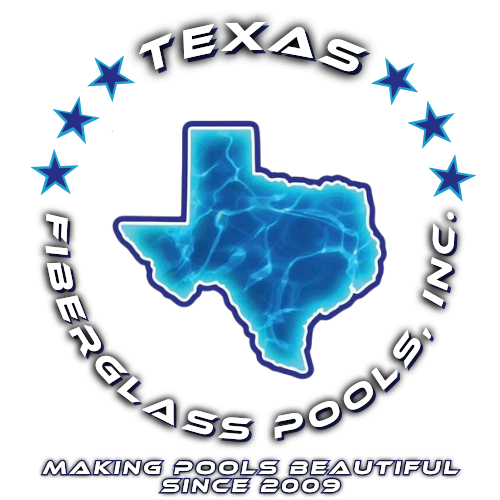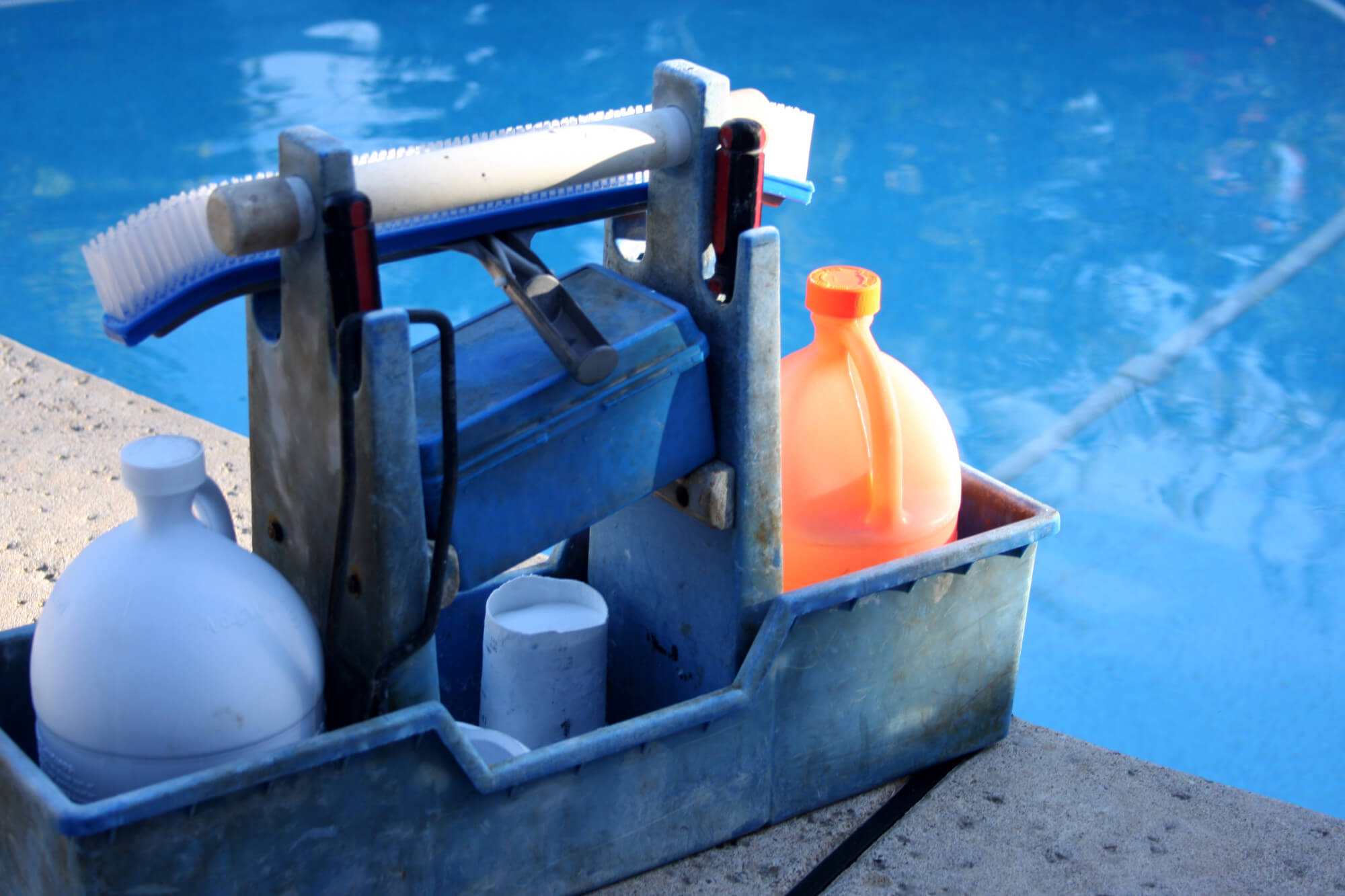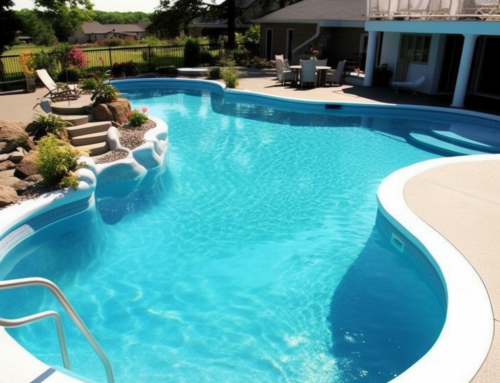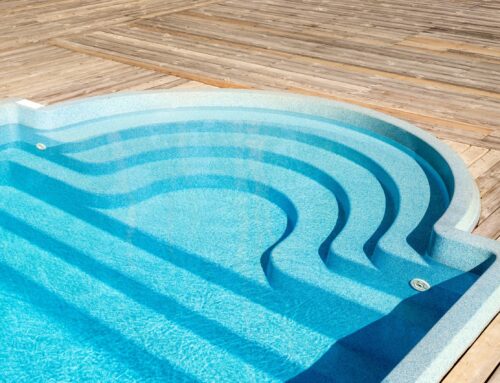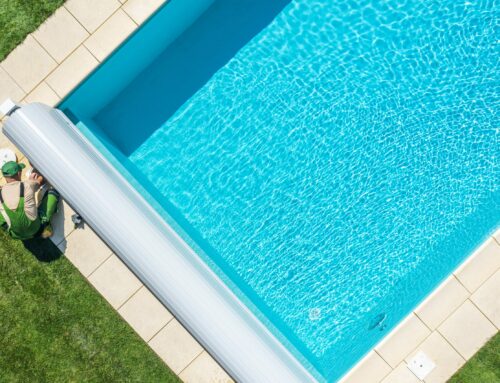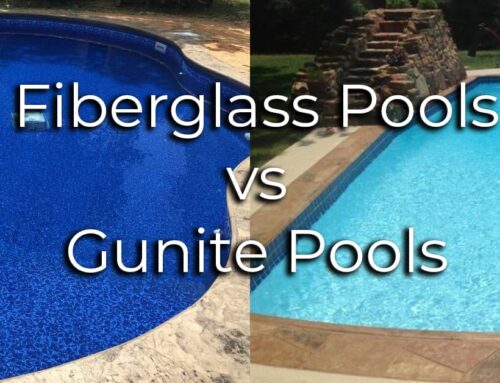You have your first family spring BBQ in a week. You feel like you’re forgetting something but you can’t put your finger on it. Suddenly, it hits you.
You haven’t gotten your pool ready for the spring weather yet, which, admittedly, is why a lot of your family is coming over in the first place. If this sounds like you, take a deep breath. You still have time to get your pool ready even if you haven’t done much maintenance on it since fall.
To help you out with this heavy cleaning job, here is a step by step guide on how to open a pool for the spring and summer seasons.
1. Your Pool Cover
The first thing that you have to do is remove your pool cover. This is usually a two-person job so grab a friend and don’t worry about knocking leaves into the water because you’re cleaning the pool anyway.
Brush any debris off the cover. You’ll need to sprinkle talcum powder on it after to stop any mold from forming. Set the cover to the side to dry in the sun.
2. Raise the Water Level
For you to start running your pool equipment you have one crucial step to perform first. You have to fill the pool up to around its normal level. For cleaning purposes, this is going to be about halfway up the skimmer basket.
While you’re waiting on your water hose to fill up your pool, you can get the rest of your equipment ready to go. If you didn’t get your pool prepared for the winter then you can skip this step and go straight to the chemicals one.
3. Your Equipment
Reconnecting your equipment all depends on if you prepared your pool for the winter. If you did, then you’ll have to disconnect all your winter equipment and reconnect all the regular drain and skimmer plugs.
Drain Plugs
You’re going to be taking out all of your winter plugs. This includes the ones connected to your filter, pump, booster pump, heater, and pool cleaners. As you remove these, make sure you’re putting the proper, normal plugs in its place.
Skimmer Plugs
The next winter plugs you’ll be removing are the ones connected to your skimmer and return lines. Make sure that you let your antifreeze discharge before you start. After this, it’s all a matter of returning all the valves and turning your equipment back on.
When you turn your equipment back on make sure nothing is leaking. If you do have any leaks, turn the equipment back off and call someone out to repair it.
4. Chemicals
Now that the equipment is turned back on, you’ll have something to circulate your chemicals through the pool. You’ll be adding and adjusting chemicals until your pH balance is perfect.
Add in Metalfree
If you didn’t prep your pool for the winter, you’ll have to perform this step before anything else. Metalfree will stop any stains from iron and other metals that may have built up in your pool during the winter from forming. After you add the Metalfree, you’ll allow it to circulate through your pool for 2 hours before you add anything else.
Test the Pool Chemistry
After your pool has had time to circulate, you’ll check the pool chemistry. This way, you can adjust it according to the results. You’ll be looking at the alkalinity, pH, and chlorine levels.
The pH should be anywhere between 7.4-7.6, the alkalinity 80-120 ppm and the chlorine 2.0-4.0 ppm. You can pick up a test from just about any hardware store to see where your water stands.
Adjust the Chemistry
Chances are these numbers are going to be a little off, but you can fix it by adjusting your alkalinity levels. If your alkalinity was high, add in dry acid. If it was low, add in alkalinity up.
Add in 1 1/2 pounds for every 10,000 gallons of water that are in your pool. After you add it in, let it circulate through your water for around four hours before you check it again.
pH Balance
Balancing out your alkalinity should have just about brought your pH where it needs to be but it may still be a little off. If your pH is still too high, you can add in a little bit more dry acid to fix it. Only about a cup or so.
If the pH balance is still too low, then throwing in about 6 ounces of soda ash should balance things out.
Calcium Hardness
If your calcium hardness is still off you can buy a hardness chemical from a hardware store or anywhere that sells pool stuff really.
Make sure that when you do this, you don’t do it on the same day as you put in a ph or alkalinity chemicals.
5. Brush and Vacuum the Pool
No matter how long you circulate your water, there will always be debris and dirt resting on the bottom. To get rid of this, you’re going to completely brush and vacuum your pool.
Make sure that you pay special attention to corners and the ladder area. After you’ve vacuumed and brushed everywhere, let your filtration system run overnight to grab anything that could possibly be left over.
6. Shock the Pool
If you’re still worried about hopping into the pool because of bacteria, then you can shock it to completely get rid of it. Make sure that you read the instructions for any shock treatment that you buy.
Usually, you have to let everything run for a couple of hours after you add it and you can’t get in the pool until this time is up.
How to Open a Pool Up in Time for Spring
With spring here it’s finally time to get your pool ready for your warm weather guests. Use these tips on how to open a pool to make sure it’s clean and working before your first BBQ.
Have you started cleaning your pool just to realize some of your parts are broken? Contact us to get a free estimate on repairs.

